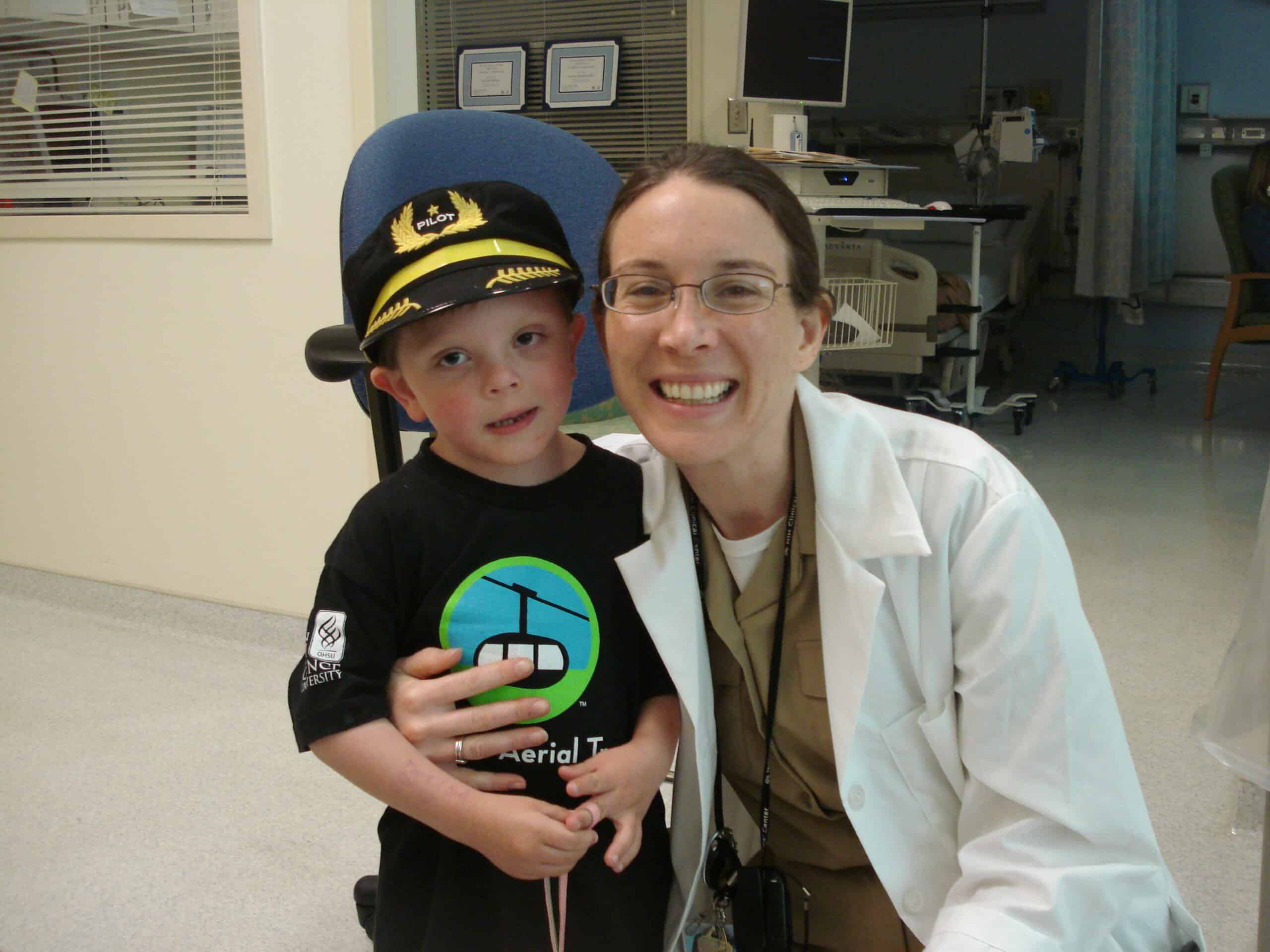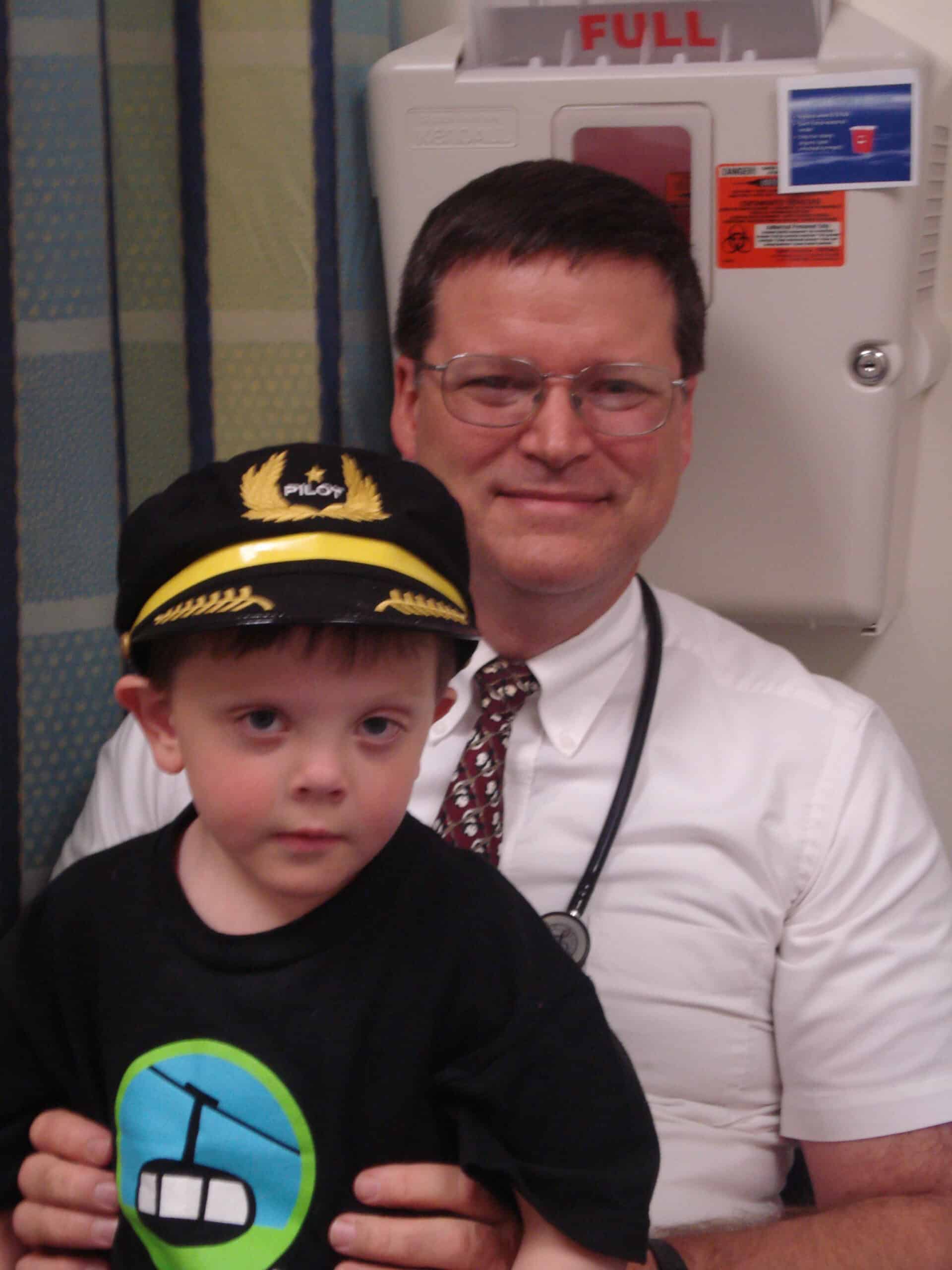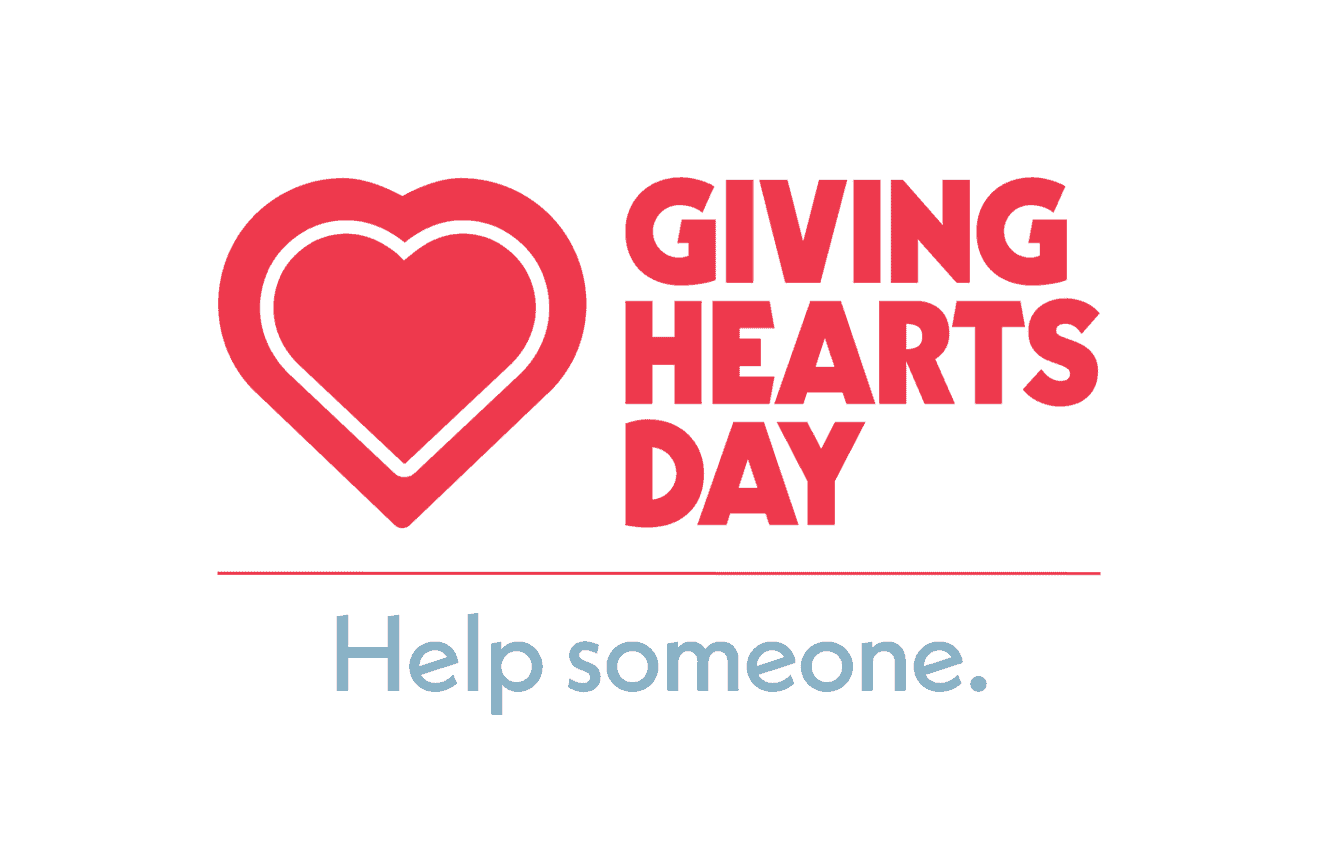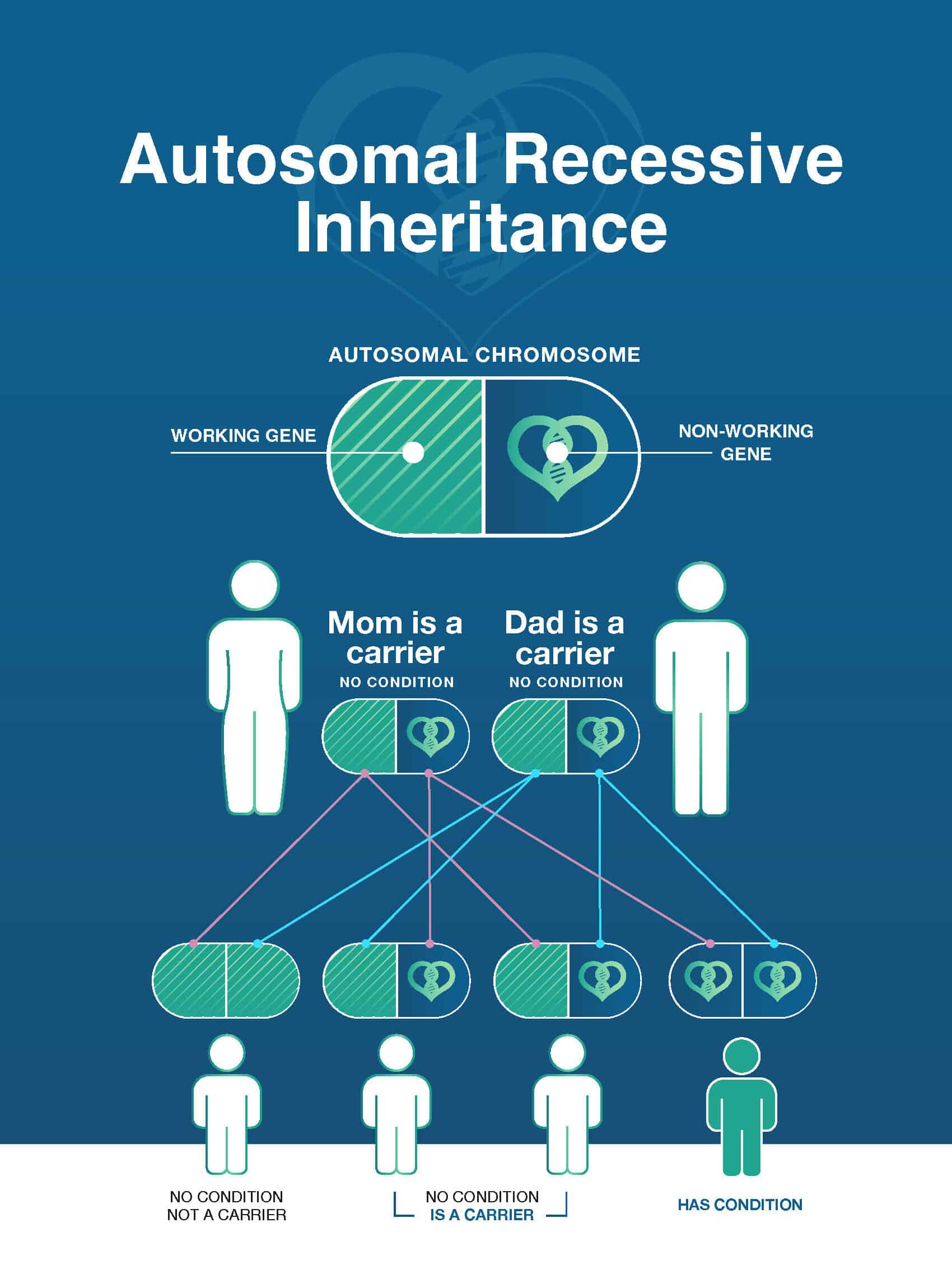- P.O. Box 10598
- Fargo, North Dakota 58106-0598
Main Menu
Menu


We came home from the NIH study empowered with knowledge, tests, and research which essentially saved our daughter's vision.
Kayleigh & Nick


















